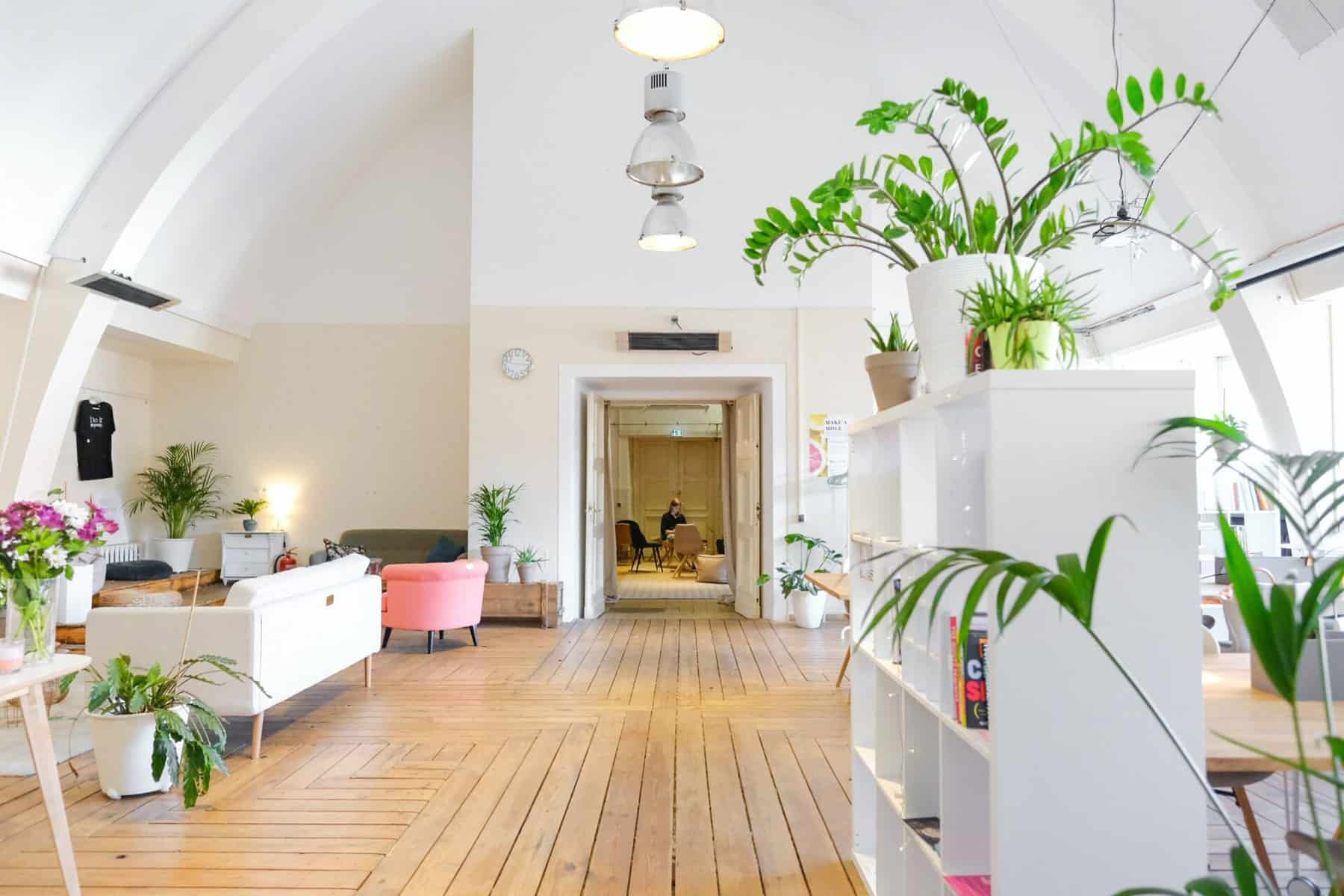
It’s hard to believe that it’s already been three years since the Covid-19 lockdown. For many, this resulted in being forced to work from the confines of their home at a moment’s notice. While this new working arrangement may have suited those lucky enough to already have a configured workspace, for many, including myself, this meant that the kitchen table and/or the living room sofa became our office for the foreseeable future. This drastic change has had a detrimental effect on the mental and physical health of many professionals working remotely. In fact, a 2021 study found that 48% of people who work from a sofa or bedroom said they had developed musculoskeletal problems and 59% said they felt more isolated from their colleagues.
However, for many this unexpected change did work, for the better. Fortunately, since lockdown restrictions were lifted, many have been given the option to adopt a hybrid approach as a healthier working alternative. On the other hand, with flexible working now becoming the new norm within organisations, this has made it difficult for professionals to readjust to the office environments they once flocked to every day, after years of working from home. According to a recent Workplace Wellness Trend Report revealed that a staggering 87% of employees said they would like their current employer to offer healthier workspace benefits. Following on from Charley’s latest blog, this evidently shows that most traditional workplaces aren’t designed with employee morale in mind, especially as not everyone works the same way. It’s more important than ever for employers to cultivate the office workspace with employees in mind, as this can help boost staff efficiency, productivity, and morale. With budget cuts and economic turmoil on the horizon, an office redesign might not feel like a priority, however this doesn’t mean that organisations cannot strive to enhance their existing office spaces to create a positive and optimised workspace for employees by making small, accessible changes. But how can they achieve this?
One of the ways that employers can help optitmise their office workspace is by embracing biophilic design. This is a concept that was formed by architects and supported by wellbeing experts. It suggests that by incorporating nature within a space this can help to improve the health and wellbeing of its occupants.
Let There Be Light
Numerous studies have shown that incorporating natural light within the office space can improve worker satisfaction and productivity. Exposure to natural light has a variety of mental and physical benefits for employees. This includes the reduction of eye strain, lowering the chance of headaches, improving mood, causing less drowsiness, and can even help employees make fewer mistakes. Natural light also reduces the need for artificial lighting during working hours. This helps employers to conserve energy costs and remain environmentally friendly whilst simultaneously benefiting their workers. Organisations can provide employees with natural light by installing large windows, skylights or light tubes. Alternatively, if natural light cannot be achieved, SAD lamps offer a great therapeutic alternative.
Let There Be Air
The quality of the air we breathe is vital for our physical and mental health. Not only does air help us stay alive but it also most importantly facilitates and encourages creativity and productivity. Therefore, it’s become crucial for organisations to continuously monitor and maintain the air quality of the office space to promote employee health. A study found that poor office air quality can negatively affect productivity rates, create more absences, higher operating costs and a prevalence of chronic health problems among workers. Organisations can improve the air quality of the office by offering employees access to fresh air by installing more windows or by investing in room humidifiers to improve the overall working experience.
The Importance of Greenery
Several scientific studies have suggested that indoor plants can help to reduce stress, increase productivity, clean the air, and even boost creativity. In fact, a 2015 Human Spaces report which studied 7,600 office workers spanning over 16 countries found a 15% higher wellbeing score for those whose environments included natural elements and a 6% higher productivity score than workers whose offices did not incorporate such elements. Additionally, it has been suggested that introducing greenery and plants into an office work environment can have physical health benefits for employees. This can be achieved by incorporating potted plants, green walls or even a small indoor garden to help boost employee morale.
The bottom line is that designing a workspace that focuses on daylighting and bringing outdoor elements inside can be beneficial for all employees, mentally and physically.







